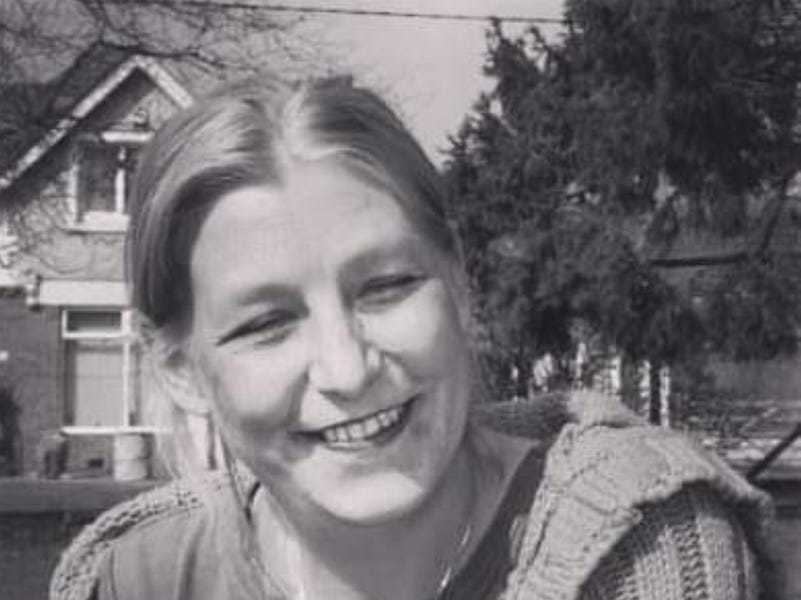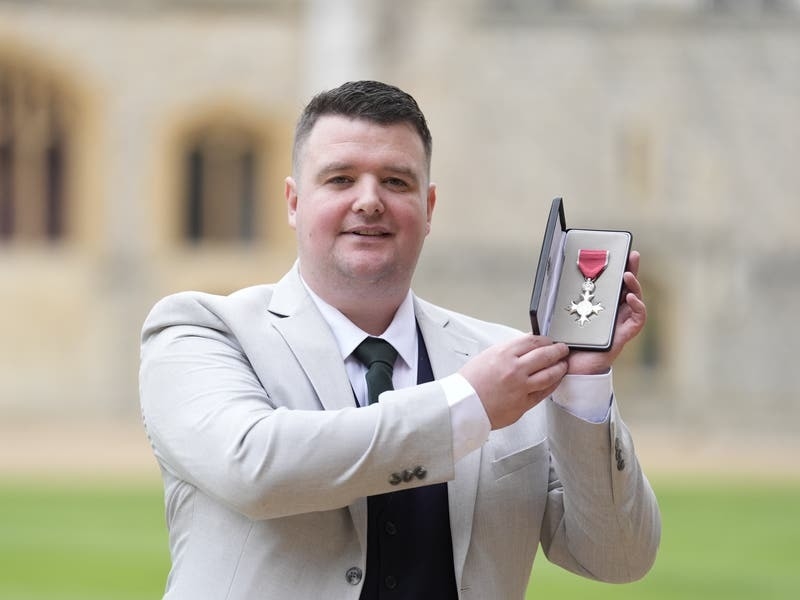Dawn Sturgess’s chances of survival were “vanishingly small” after almost 10 minutes passed without CPR treatment following her cardiac arrest, a medical expert has told an inquiry looking into her fatal poisoning by Novichok.
The 44-year-old died on July 8 2018 after she was exposed to the nerve agent, which was left in a discarded perfume bottle in Amesbury, Wiltshire.
Her death followed the attempted murders of former spy Sergei Skripal, his daughter Yulia and then-police officer Nick Bailey, who were poisoned in nearby Salisbury in March 2018.
The inquiry in central London heard on Wednesday that the cause of Ms Sturgess’s death was a hypoxic-ischaemic brain injury as a result of cardio-respiratory arrest caused by nerve agent poisoning.
Hypoxia in the brain is caused by a lack of oxygen and ischaemia by a lack of blood flow.
Dr Jasmeet Soar, who works in intensive care medicine and is a consultant at Bristol’s Southmead Hospital, explained that the effects of Novichok, if not treated “rapidly”, can lead to a “vicious circle of the muscles getting weaker” including muscles in the chest and diaphragm which are the mechanisms by which we breathe.
He said failing to breathe leads to falling blood and brain oxygen levels which can result in unconsciousness and eventually in the heart stopping beating.
Once the heart stops beating, the brain is starved of oxygen and is “dying very slowly”, the doctor continued.
Mr Rowley found his girlfriend in the bath with no water and described her as being “unresponsive, looking unwell and having seizures or breathing difficulty”, Dr Soar said, making reference to Mr Rowley’s interviews.
The doctor told the inquiry Mr Rowley called an ambulance at about 10.14am, and said he had listened to a recording of the call.
“In the background of the call while he’s talking you can hear quite noisy breathing and that then gets gradually slower and slower to the point it stops at about 10.20am,” Dr Soar said.
Dr Soar said: “We know in Dawn Sturgess’s case Charlie Rowley did some chest compressions but we don’t know how many and how effective they were, they may have got a little bit of blood flow.
“The tape ends at about 10.29am, we know that by 10.29am she’s not had any CPR done. When you listen to the tape recording there is no CPR until some time after that tape ends.
“So we know that she had about eight or nine minutes of no treatment for her cardiac arrest and that’s quite important because… once cardiac arrest occurs your chances of survival are fairly minimal.
“By about nine minutes with no CPR you’re getting to a vanishingly small chance of survival.”
Dr Soar estimated that Ms Sturgess’s brain was deprived of oxygen for between 31-37 minutes by the time her heartbeat was restored.
“I think for a cardiac arrest that was caused by the breathing stopping that’s a significant duration… and sufficient to cause a severe irreversible hypoxic-ischaemic brain injury,” he said.
The consultant quoted figures saying the survival rate for people treated by English ambulance services in 2018 who had cardiac arrests and had the same heart rhythm seen in Ms Sturgess’s case was 1.6%.
He said Ms Sturgess’s chances would be “significantly less” than that 1.6%, saying the figure included people who had “primary” cardiac arrests – rather than “secondary” ones that came about as a result of respiratory arrest – and people who became unwell in public places where more bystanders could help.
He said the first scan showed subtle signs of hypoxic-ischaemic brain injury but the second and third identified a “devastating brain injury”.
His opinion after the second scan, performed on July 6, was that “there was no possibility of Dawn Sturgess surviving”.
Dr Soar explained Ms Sturgess was likely the only victim of the poisonings who had a cardiac arrest because she was probably exposed to a relatively large dose of Novichok compared to Mr Rowley and the Skripals.
He told the inquiry that, according to Mr Rowley’s interviews, Ms Sturgess sprayed the perfume onto her wrists whereas he spilt some on his hands which he then washed.
“Unfortunately she unwittingly applied it in a deliberate manner and sprayed it on herself on her wrists… as opposed to had accidental or a more touch type contact with it,” Dr Soar said.
He also said she likely would have inhaled aerosol components of the agent.
The inquiry continues.






